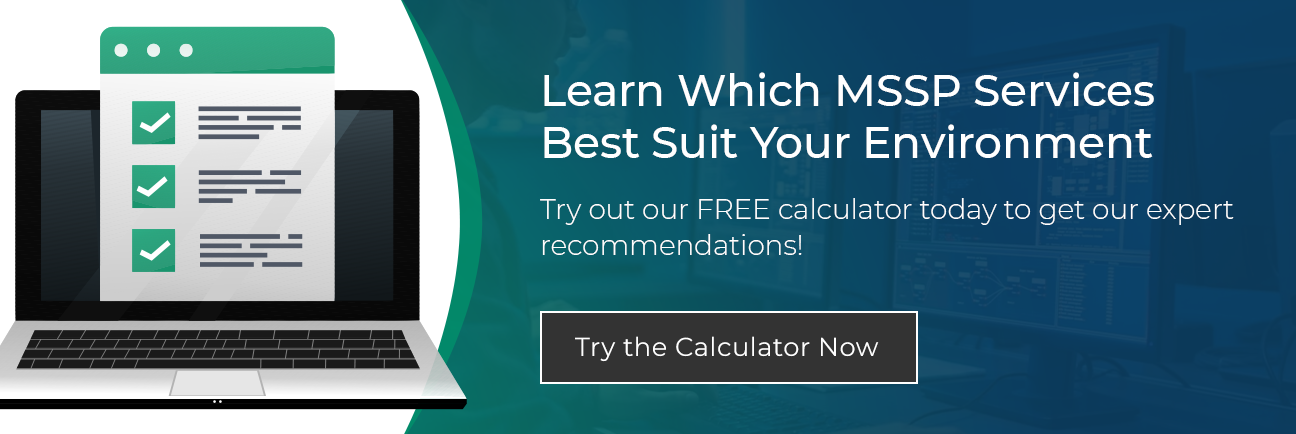6 Ways to Maximize Your Cybersecurity Compliance
Cybersecurity compliance involves monitoring and assessing systems, devices, and networks to ensure they comply with regulatory requirements and industry and local cybersecurity standards. This article outlines strategies to ensure your organization follows the recommended cybersecurity guidelines.
Here are some of our top tips to help you ensure your cybersecurity compliance is up to industry standards.
1. Get a Handle on Your Devices
Understanding the devices connected to your network is critical to your network’s cybersecurity. There are a few ways to determine who links to your network at any time and identify intruders.
The first method requires access to your network’s router and knowing its credentials. You’ll need to find the router’s address and connect through your web browser. Once connected, you should be able to open a list of all devices connected to your network.
Other methods include using the command prompt on a connected device, an application like Nutty or Wireless Network Watcher, or specific apps that monitors your network in real-time and alerts the security team when devices connect. Any way you choose to do it, watching the endpoints on your network is crucial for general security and compliance best practices.
2. Make Audits a Habit
Habitually auditing your network is also a best practice. Network security audits are the first step for any cybersecurity team to identify threats or vulnerabilities to your network. An audit usually includes:
- A systematic review of the entire network infrastructure.
- All security mechanisms in place.
- Any connected network devices.
Network security audits can be conducted manually, especially if a suspected threat is already identified, or they can be automated and ongoing.
You’ll also want to review your network access controls to ensure they keep unauthorized users and devices out of your network. There are two main types of network access controls, and they include logical controls and physical controls.
Logical network access controls require an individual’s identity to be validated through a mechanism that could include a personal identification number, a card number, biometric data, or some other kind of token. The level of access can be adjusted depending on the person’s role within an organization.
Physical access controls are more about physical network security and are designed to use logical controls to restrict or allow access to physical spaces. Regarding cybersecurity compliance, physical access controls are essential for public agencies or areas open to the public.
4. System Operations
To ensure your cybersecurity network is compliant, you’ll need to identify the type of data you work with and the requirements you’ll need to meet to manage and store that data, depending on where you operate. Personally identifiable information (PII) is generally under strict control. Some examples are full names, birthdates, personal addresses, former addresses, social security numbers, etc. Any information used to identify an individual. The same is true for personal health information or financial records. Your organization should clearly understand all the data within its systems and comply with the various sets of regulations and standards pertinent to your field and geographic location.
5. Change Management
Cybersecurity change management is critical to protect your organization from malicious attacks. The U.S. Cybersecurity and Infrastructure Security Agency (CISA) recently shared some best practices for managing information technology system changes within an organization. First, create a change management plan. Identify what assets need protection and implement the configuration changes necessary to protect them. Monitor all configuration changes and use results to develop a feedback data loop. The key is to pay special attention to any anomalies that could indicate an intruder has infiltrated your network.
6. Risk Mitigation
Finally, work proactively to mitigate risk. As cybersecurity challenges and regulations to address those challenges, become more complex, managing risk before a security breach is a best practice for maintaining compliance. Automated risk monitoring, ongoing intensive training programs, and internal controls will help keep your risk levels low and identify potential threats before they attack your entire system. Check out the National Institute of Standards and Technology Guide for Conducting Risk Assessments for more details on mitigating cybersecurity risk.

Cybersecurity Compliance Frameworks
The Department of Defense has been ensuring federal and local contractors comply with national defense cybersecurity standards. The DoD is currently working on rolling out a Cybersecurity Maturity Model Certification (CMMC) program for contractors handling sensitive information. Here are a few regulations that may affect your organization, although the list is not exhaustive. Be sure to check specific requirements in jurisdictions where you operate.
Defense Federal Acquisition Regulation Supplement
The general standard for regulatory requirements for government purchases, including goods and services, is the Defense Federal Acquisition Regulation Supplement. Contractors and subcontractors must implement controls specified in the NIST Special Publication 800-171, “Protecting Controlled Unclassified Information in Nonfederal Information Systems and Organizations.”
Federal Information Security Management Act
The Federal Information Security Management Act (FISMA) is legislation defining guidelines and security standards to protect government information and operations. The act was instituted in 2002 and has since been updated continuously to address threats. To ensure FISMA compliance, be sure to stay up to date on FISMA updates and NIST guidelines. Be sure to document your FISMA compliance security implementations, classify data based on its sensitivity when it is created, and encrypt all sensitive data automatically.
Health Insurance Portability and Accountability Act
The Health Insurance Portability and Accountability Act (HIPAA) is one of the most well-known and relevant regulatory frameworks affecting the healthcare industry. HIPAA compliance requirements are often stated to be too nebulous—using somewhat vague terminology to describe high-level goals. Instead, the HIPAA cybersecurity framework tends to map its requirements to various other NIST initiatives (which may change without warning).
The Risks of Cybersecurity Non-Compliance
Besides the obvious risk of someone hacking your system and stealing your data, there are additional risks to not maintaining cybersecurity compliance.
Legal Penalties
Fines and lawsuits are the most clear-cut disadvantages to not staying compliant. If a bank or healthcare facility experiences a data breach, customers or patients can request information about your cybersecurity mechanisms. If they aren’t compliant with the law, you will most likely incur a hefty fine or have to shell out substantial amounts of money for legal fees. It is better to invest in your cybersecurity compliance measures up front rather than wait until you get caught with technology that is not up to standards.
Reputational Damage
Experiencing a cybersecurity breach can also harm your organization’s reputation. Even if you can survive the legal challenges, you’ll still have to deal with the fact that your customers or patients may not trust your organization as they did before a breach. If you have been lax on compliance measures in the past, it can be hard to build back that trust.
Peace of Mind
Finally, even if there is no security breach, cybersecurity risks must be front of mind in everything an organization does, especially when sensitive data is involved. If you don’t have an experienced cybersecurity team in-house to monitor changes in regulation and implement updates to your security strategies, you may want to consider outsourcing your compliance monitoring.
Enjoy peace of mind by implementing enterprise cybersecurity solutions with Compuquip. We act as an extension of your cybersecurity team. Learn more about choosing the Right Managed Service Provider by trying out our MSSP calculator below!


